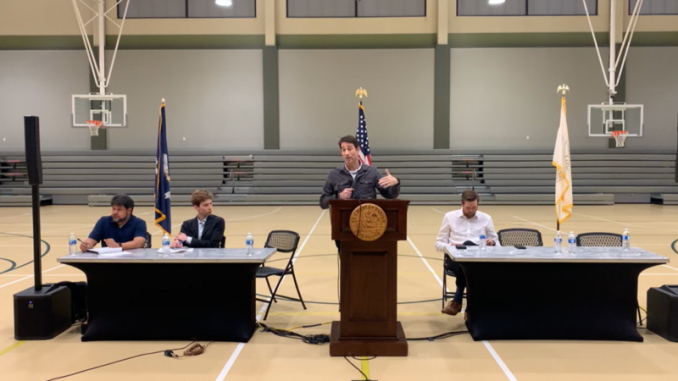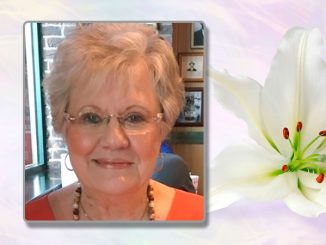
There were more questions than answers this month when St. Charles Parish President Matthew Jewell, Congressman Garret Graves and members from the St. Charles Parish Council hosted a townhall meeting to discuss FEMA’s new National Flood Insurance Program called Risk Rating 2.0.
Nearly 100 people attended the meeting to hear how the new policy will affect flood insurance rates. The new program went into effect Oct. 1, 2021, meaning new policies beginning Oct. 1 were subject to the new rating methodology.
Many home buyers and builders in St. Charles Parish have been quoted over $6,000 a year for new policies under Risk Rating 2.0.
All pre-existing policies renewing on or after April 1, 2022, will be subject to the new program. Flood insurance policies are set to increase 18% per year – the most permitted by federal law – under Risk Rating 2.0 until the policy reaches its peak – a peak of which is still unclear. Flood zones are a thing of the past now, with policy premiums calculated using a set of vague criteria including distance to water – seemingly regardless of a levee system.
“The new flood insurance rates we are seeing with FEMA’s new Risk Rating 2.0 are unreasonable and are going to hurt our community,” Jewell said. “On one hand we have the Corps of Engineers that said a billion-and-a-half dollar levee project is a good thing for this area, and that the cost benefit makes sense. On the other hand, the paradox is that FEMA is basically making it unaffordable to live here.”
Jewell said during the meeting that the new rates were “a slap in the face” to St. Charles Parish residents, as over a decade ago local voters decided to tax themselves to generate increased levee and flood protection. Since then he said over $50 million has been spent on levees, pump stations and flood gates.
“We have been mitigating our risk in St. Charles Parish,” Jewell said, adding that according to the national levee database on the Corps of Engineers website several local levee alignments are listed but detailed as having a 0 foot elevation.
“Is that what FEMA is using to model our flood risk?” Jewell asked.
FEMA Regional Flood Insurance Liaison Gilbert Giron spoke at the meeting and reminded the crowd several times that he didn’t write Risk Rating 2.0. He provided very few answers to Jewell’s questions, but did note that the general affordability of policies is in no way a factor in FEMA’s decision-making process.
According to FEMA, over the past 50 years the agency has collected $60 billion in NFIP premiums but has paid $96 billion in costs.
“Taxpayers and policyholders are adversely impacted when the program does not generate the revenue needed to pay claims,” the FEMA website states. “Risk Rating 2.0 will help put the NFIP on solid financial footing by creating a more stable program that is accountable to taxpayers.”
Graves addressed the crowd and said he and other congressional leaders are doing everything they can to make sure FEMA realizes the gravity of the new policy premiums. He said several amendments he and others drafted to either stop or amend the new rating system were blocked before even being voted on.





Be the first to comment